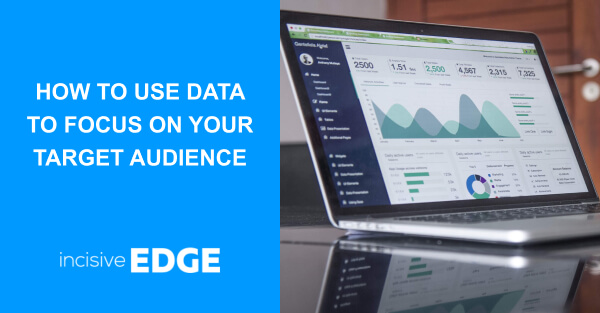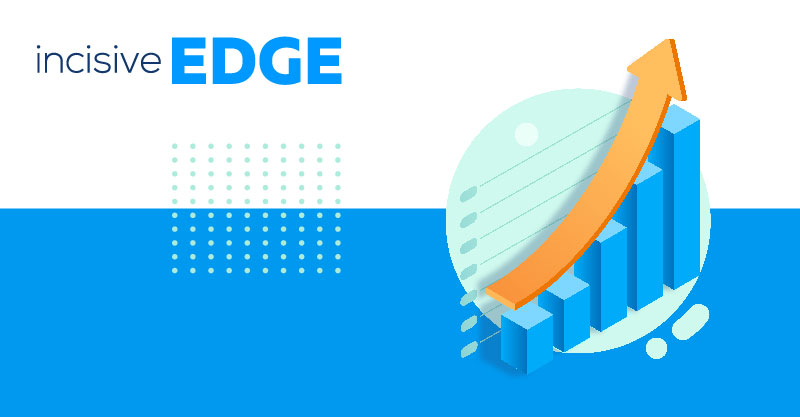As the owner of a startup, prioritisation is everything. With only a finite amount of time and resources, you need to spend it wisely in areas that will bring the greatest reward.
So, how and where should you be focusing your marketing efforts?
Econsultancy’s annual Digital Trends report, in partnership with Adobe, typically proves to be a good prognosticator for the best marketing-related opportunities going forward.
For their report, a total of 12,815 marketing, advertising, ecommerce, creative, and IT professionals, working for both brands and agencies, were surveyed on their upcoming endeavors in the next 12 months. The examination covered diverse strategies used by these professionals to effectively reach their target audiences, emphasizing the intricacies of designing an impactful marketing campaign. Participants shared insights into their approaches to utilizing various social media platforms and outlined methods to find your target audience across different channels. The study illuminated the dynamic nature of the industry, highlighting how professionals in marketing, advertising, ecommerce, creative, and IT navigate convergence for optimization.
Personalisation is the aim of the game
When posed the question, “Which one area is the single most exciting opportunity for your organization?” nearly a quarter (24%) of professionals at companies with revenues of more than £150m pointed to 'data-driven marketing strategy that focuses on the individual.' This underscores the growing recognition among larger enterprises that tailoring marketing efforts through a comprehensive marketing strategy, especially one centered on individualized approaches, holds significant promise.
However, this percentage drops to 15% for organizations with annual revenues of less than £150m, indicating a potential gap in the adoption of such strategies among smaller entities. To bridge this divide effectively, businesses must delve into target audience examples and target audience insights. Understanding the unique characteristics and preferences of their audience is pivotal for crafting marketing strategies that resonate with varying market segments, ensuring that efforts align with the specific needs and behaviors of their customer base.

There is also a B2B/ B2C split, with more than a fifth (21%) of B2C respondents citing data-driven marketing to focus on a target market as their most exciting opportunity, but only 12% of B2B respondents doing so.
Perhaps, as the report suggests, B2B businesses are already invested in personalisation in the form of account based marketing, which has quickly become the norm for firms who want to make a meaningful impression on their target audience.
Check out the following articles to learn more about inbound marketing:
- What Are the Five Fundamentals of Inbound Marketing?
- What Are the 3 most effective types of Inbound Marketing?
- Inbound v outbound marketing: Top differences in 2023
Get better at personalisation
For personalization to have the desired effect on the primary target audience, it's essential that it resonates authentically with each individual buyer. Understanding this imperative, well over half (55%) of the markets surveyed identified ‘better use of data for more effective audience segmentation and targeting' as a pivotal aspect of their marketing campaigns and organizational priorities. This recognition underscores the significance of honing in on the primary target audience to create tailored and impactful messaging.
In response to the dynamic landscape of consumer behavior, organizations are strategically navigating the nuances of different target audiences. By delving into the intricacies of consumer behavior, they can refine marketing campaigns to align with the diverse preferences and expectations of their audience segments. This comprehensive approach not only acknowledges the diversity within the consumer base but also ensures that marketing efforts resonate effectively, resulting in a more significant impact on the overall success of personalized campaigns.
However, a similar number (44%) of marketers named ‘difficulty in getting a holistic view of customers across all interactions’ as one of their top challenges, underlining the difficulty in getting personalisation right.
For marketing to be truly personal for the target audience example, understanding where potential customers are in their own buying and decision-making journey, is crucial. Nurturing them through to the next stage requires messaging that is not only relevant but also tailored to their specific needs and preferences. This personalized approach is contingent on reliable data and, more importantly, an integrated strategy that takes into account audience demographics.
To refine this strategy, businesses need to delve into the nuances of different audience demographics. Recognizing the diversity within the potential customer base allows for the creation of targeted messages that resonate effectively across various social media channels. Whether adapting content for different age groups, geographical locations, or other demographic factors, this strategic alignment ensures that marketing efforts are maximally impactful, meeting the expectations and behaviors of potential customers across diverse social media channels.
Over to you
Incisive Edge specialise in creating bespoke strategies for startups.
Find out how we can help your tech startup speak on a one-to-one basis with individual accounts. Either contact us or why not book a free strategic consultation.









